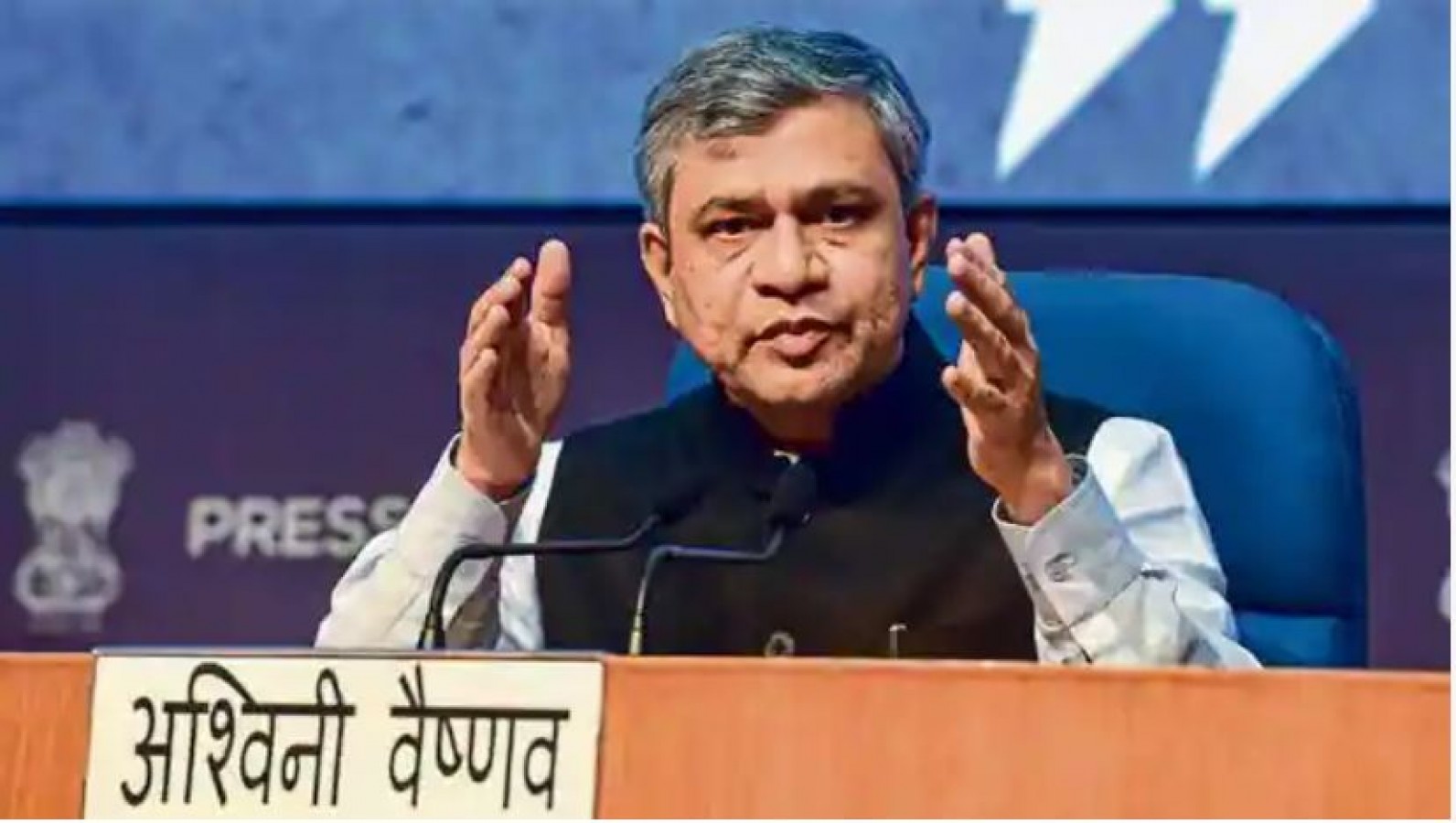
Mumbai-Ahmedabad Bullet Train Project to prove as a corridor of economic prosperity : Ashwini Vaishnaw
NEW DELHI : Railway Minister Shri Ashwini Vaishnaw Friday said the Mumbai-Ahmedabad Bullet Train Project will prove to be a corridor of economic prosperity, transforming towns and cities along the route and becoming a learning experience for future initiatives.
Vaishnaw triggered a blast to build a shaft at Vikhroli to lower tunnel boring machines (TBM) for the construction of the 21-km underground tunnel, which is considered to be a technological marvel of India’s first bullet train project.
“Trains will zip through the tunnel at a maximum speed of up to 320 km. Constructing it without disturbing the tall buildings in the area is a challenge,” the railway minister said.
The shaft at the Vikhroli site of the National High Speed Rail Corridor is one among the four to be built for the entire 21-km-long underground stretch of the Mumbai-Ahmedabad Bullet Train Project.
The shaft-2 will be used to launch two TBMs — one towards the Bandra-Kurla Complex (BKC) station’s east end and the other towards Sawli in Navi Mumbai.
Vaishnaw also reviewed the progress of construction of the BKC station, which is the starting point of the Mumbai-Ahmedabad bullet train.
The work on the undersea tunnel has been started simultaneously at four locations — BKC, Ghansoli, Sawli and Vikhroli — as part of efforts to speed up the construction of the tunnel, seven kilometres of which will be under the sea.
Vaishnaw slammed the previous Maharashtra Vikas Aghadi government led by the then chief minister Uddhav Thackeray for not granting necessary approvals for the project and “creating hurdles” in the land acquisition process.
“Permissions for the bullet train project came through within 10-15 days of the new government of Eknath Shinde and Devendra Fadnavis assumed office,” Vaishnaw said.
The BKC station will be built using the bottom-up method, which means that excavation work will commence from the ground level and concrete work will start from the foundation.
The excavation required for the station is quite extensive, reaching a depth of 32 meters (almost 10 floors of normal residential building), with an approximate volume of around 18 lakh cubic meters.
